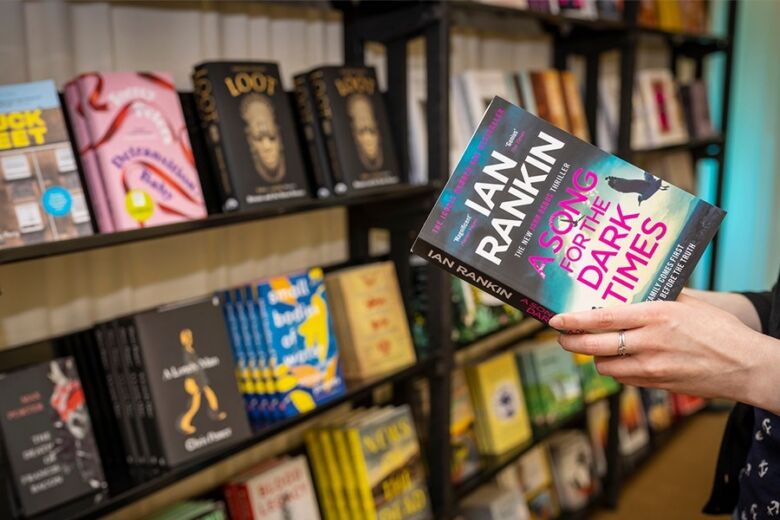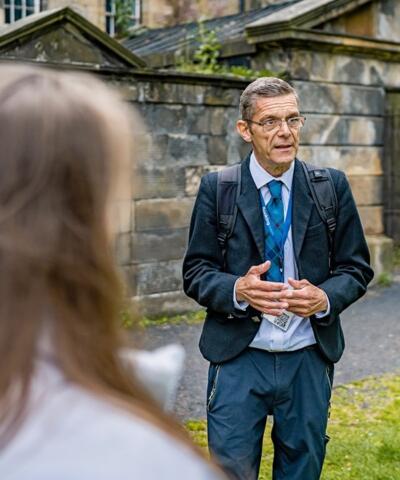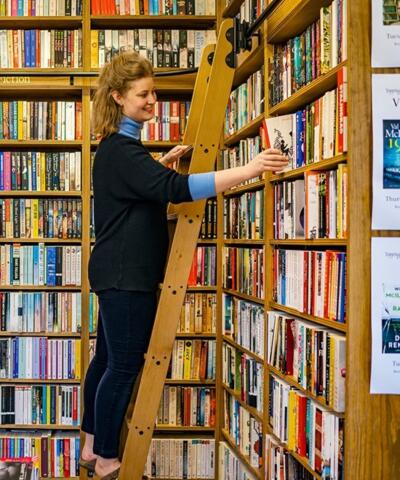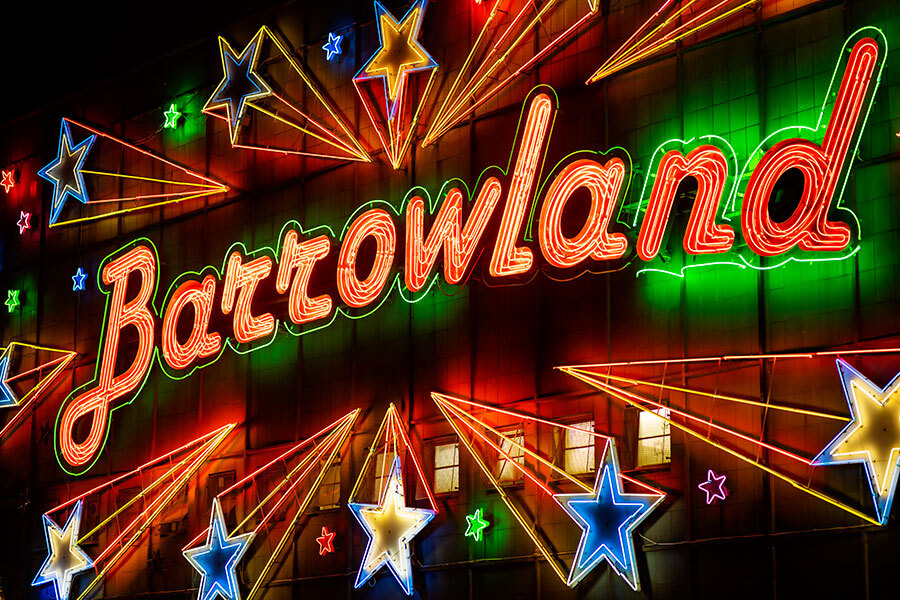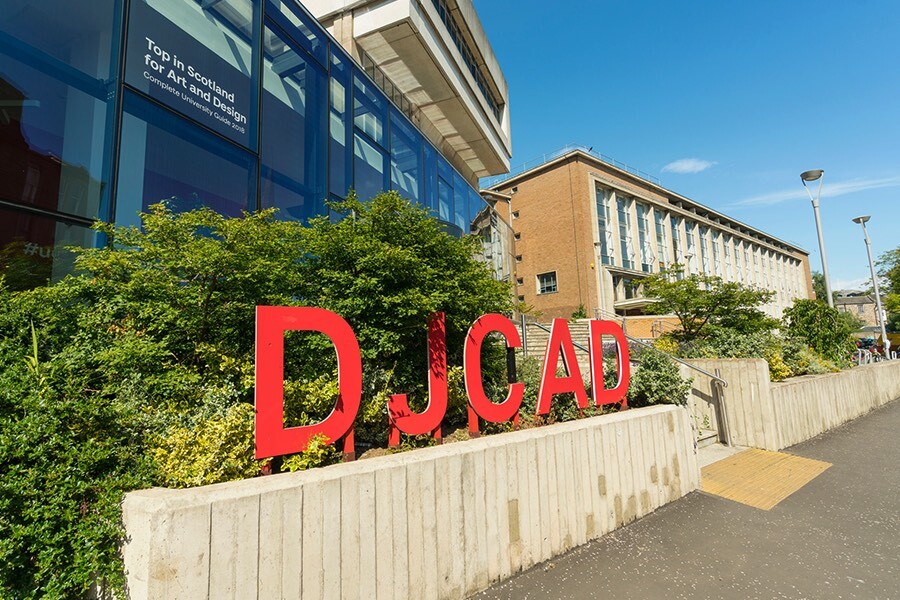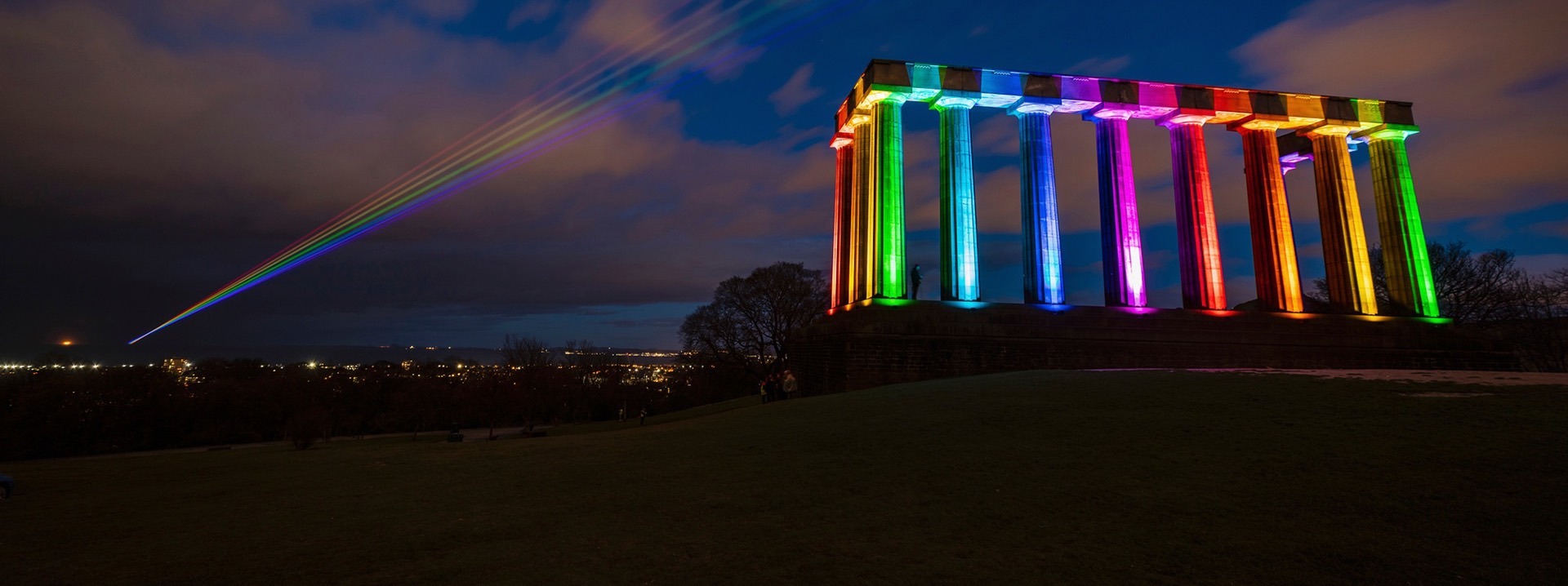
Edinburgh, City of Literature UNESCO Creative City
Storytelling and the written word have been the life force of Edinburgh’s art and culture for centuries. Its contributions to the world of literature are so rich and well-recognised that in 2004, Edinburgh became the world’s first UNESCO City of Literature.
Literature is an important part of the city’s past and present, and it features prominently in almost every corner of city life. This is the only city in the world to erect a 60 metre-tall monument in honour of one of Scotland’s greatest writers, Sir Walter Scott.
Scott is by no means the only literary superstar to be associated with Edinburgh. Writers as diverse as Robert Louis Stevenson, Robert Burns, JM Barrie, Muriel Spark, and Harry Potter author JK Rowling, have all been inspired by and enriched the creative fabric of the city.
Boasting the world’s largest literature festival, home to a myriad of bookshops, not to mention the highest concentration of public libraries in Scotland – Edinburgh is a city which celebrates the power of the written word quite unlike any other.
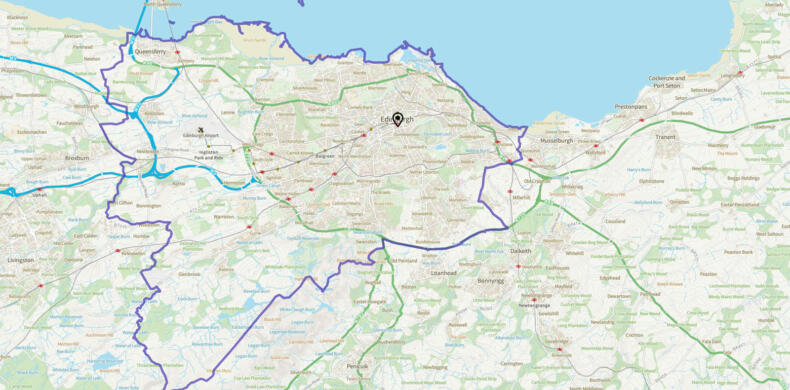
- The English Department of the University of Edinburgh is the oldest in the world at 250 years.
Why You Should Visit
No matter where you find yourself in the city, you are never far from somewhere or something connected to a famous author, unforgettable verse, or classic text.
But Edinburgh’s love of books and writers isn’t simply memorialised in stone and mortar. Here, writing is the heart and soul of the city, with year-round events and festivals celebrating the power of the pen, including the Edinburgh International Book Festival.
From the Writers’ Museum to the Scottish Storytelling Centre, some of the city’s most popular and innovative visitor attractions are dedicated to books. Even one of its largest public buildings is one of the greatest libraries in the UK – the National Library of Scotland, while the Scottish Poetry Library on the Royal Mile is the world’s only purpose-built library, dedicated to poetry.
You don’t have to be a voracious reader to immerse yourself in the joys of Edinburgh’s literary heritage and culture. From spellbinding architectural marvels to cafés where writers like JK Rowling penned their legendary tales, Edinburgh’s literary places and attractions have something to appeal to visitors of all kinds. Why not take a literary themed pub crawl around some the city’s oldest and popular drinking holes, following in the footsteps of Robert Louis Stevenson and others?
Edinburgh remains a city of the mind, a writer’s city”
When you visit
You can download the LitLong app for help on where to start exploring. Start at the National Library of Scotland or Central Library, and follow guided walking trails to different parts of the city all while listening to quotes by major literary figures about your surroundings.
Be sure to look out for plaques by Historic Environment Scotland. These appear on streets and buildings connected to not just well-known literary figures, but also those who have previously been marginalised by history. Like D.E. Stevenson, a best-selling romantic fiction author, who is among many female writers to now have her own plaque displayed on Eglinton Crescent.
Support local businesses
Scotland's UNESCO Trail is an opportunity to explore the country in a sustainable and responsible way. Browse our Green Tourism businesses in the area including accommodation, attractions, tours and food & drink. These businesses are assessed in a range of criteria from energy efficiency to biodiversity and awarded bronze, silver or gold accreditation.
Read more about sustainable ways to explore and travel on Scotland's UNESCO Trail.
Best in Class
How to visit
Edinburgh is a compact and highly walkable city, equipped with a well-connected public transport network, encompassing a 24-hour bus service and tram system.
Edinburgh is also very cycle-friendly with off-road bike paths, on-road cycle lanes, forward stop lines at traffic lights, reduced speed limits and other bike safety measures.
Still the best way to soak up the city is on foot. Why not opt for a literary themed walking tour like the Edinburgh’s Book Lovers’ Tour? Or you can trace your own path through the city with the help of the Lit Long: Edinburgh° app which highlights 500 places connected to over 600 texts.
Find out more about getting to and around Edinburgh & The Lothians.
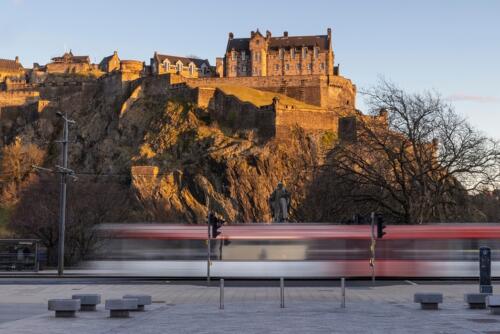
Journeys

Discover & Explore the UNESCO Sites of Central East Scotland
To arrive in the east of Scotland from most places in the UK, it’s a simple case of hopping on a train from the nearest station and arriving in Edinburgh Waverley Train Station. There’s also Edinburgh Airport with connections to international hubs across the UK and Europe. From here, reach Dundee by train, or make use of excellent rail, bus, and cycle networks to explore the wider region. Find practical advice and tips on getting around the cities and the region’s UNESCO World Heritage Sites, attractions, accommodation, and places to eat.
View JourneyLearn more about UNESCO
The Sustainable Development Goals (SDGs) are an urgent call for action of a global partnership of countries. They recognise that ending poverty and other deprivations works hand-in-hand with strategies to improve health and education, reduce inequality and encourage economic growth, alongside tackling climate change.
All of our UNESCO designations work towards the UN SDGs – this is looking at their work towards three in particular.
United Nations Sustainable Development Goals
Edinburgh UNESCO City of Literature is one of Scotland’s three UNESCO Creative Cities, alongside Glasgow and Dundee. Considering Scotland has just seven cities, it shows the impact this small country has in the world’s creative arts.
The city itself has also helped shaped some of the most enduring texts and ideas of our time. Edinburgh not only celebrates this illustrious literary legacy, it seeks to promote and foster a present-day culture in which language and books are respected and valued, not just for their power to inspire and entertain, but to change the world for the better.
- Find out more from UNESCO about Edinburgh City of Literature.
- Check out all of the UN Sustainable Development Goals.
- Read more about Scotland's UNESCO Trail and watch UNESCO: Explained.
- See how to be a responsible visitor to Scotland.
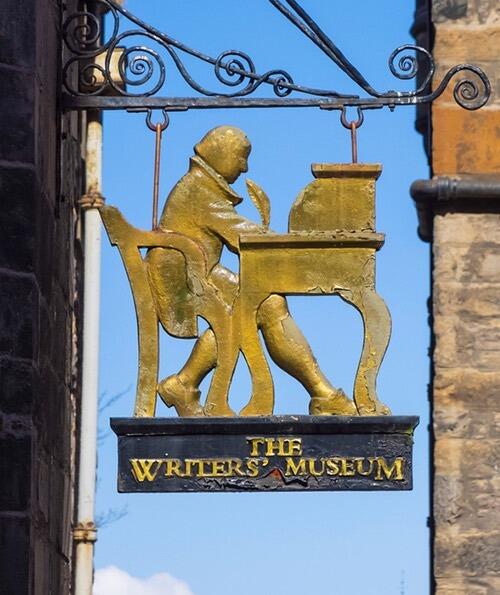
Edinburgh's Sustainable Development Goals
Here’s how Edinburgh is working towards three of the goals.
Goal 4
Quality Education
Edinburgh UNESCO City of Literature advocates for organisations (libraries, Scottish Book Trust, etc.) to spread awareness of the power of storytelling in education for all ages, as well as helping the public engage meaningfully with literature from Edinburgh’s past and present.
Goal 8
Decent work & economic growth
Edinburgh UNESCO City of Literature delivers projects to benefit wherever possible, the businesses and organisations involved in Edinburgh’s cultural and literary tourism. Whether it’s bookshops, writers, or libraries, it’s hoped that this work to promote Edinburgh’s literary story, and the role of the UNESCO designation and connections, is of benefit to the literary community.
Goal 11
Sustainable cities & communities
A new Literature House for Scotland is being developed on the Royal Mile, at John Knox House and the Scottish Storytelling Centre. It’ll be dedicated to telling Edinburgh’s story as a City of Literature and building and supporting communities through books, stories, reading and writing.
Useful links











